Researchers Claim They've Found The Secret Tomb Of St. Nicholas

Researchers believe they may have found the final resting place of St. Nick.
A recent scan of the ground beneath St. Nicholas Church in the Turkish province of Antalya has revealed what local officials say could be a secret tomb. They believe the tomb could belong to the popular Christian saint who helped inspire the legendary character Santa Claus, the Hurriyet Daily reports.
The discovery was made using ground-penetrating radar amid local speculation that St. Nicholas, who was born in the church’s town of Demre, previously known as Myra, could still be buried there.
Cemil Karabayram, head of Antalya’s Monument Authority, expressed high hopes for what may lie there.

“We believe this shrine has not been damaged at all, but it is quite difficult to get to it as there are mosaics on the floor,” Karabayram told the Turkish paper.
The process of excavating the ground is expected to take some time, with workers first having to carefully loosen and then remove the titles.
A body previously thought to have been St. Nicholas was moved out of the church in the 11th century and is believed to have wound up in Italy, Newsweek reported.
This past spring, some of those relics ― including a gold-encased rib ― left Italy for Moscow, making the relics’ first trek outside of the country in nearly 1,000 years, the Telegraph reported.
But some Turkish officials are now saying those remains could actually have belonged to an unidentified priest, not St. Nicholas. That’s the theory of Professor Yıldız Ötüken of Hacettepe University’s history of art department, according to Karabayram.
Karabayram is, therefore, remaining quite hopeful.

“The world’s eyes will be set on here,” he told Hurriyet Daily. “We claim that St. Nicholas has been kept in this temple without any damage. We are at the last stage. If we get the results, Antalya’s tourism will gain big momentum. We will start discussions at an international level after the excavations.”
Carol Myers, creator of the non-profit St. Nicholas Center, which provides information on the saint, says people shouldn’t be so sure.
“I’d say the speculation is very premature,” she told HuffPost by email on Wednesday. “If relics are found, they would need to be dated and examined by international experts. The Turks, of course, are very interested in promoting tourism. I’d be very reluctant to jump to any conclusions.”
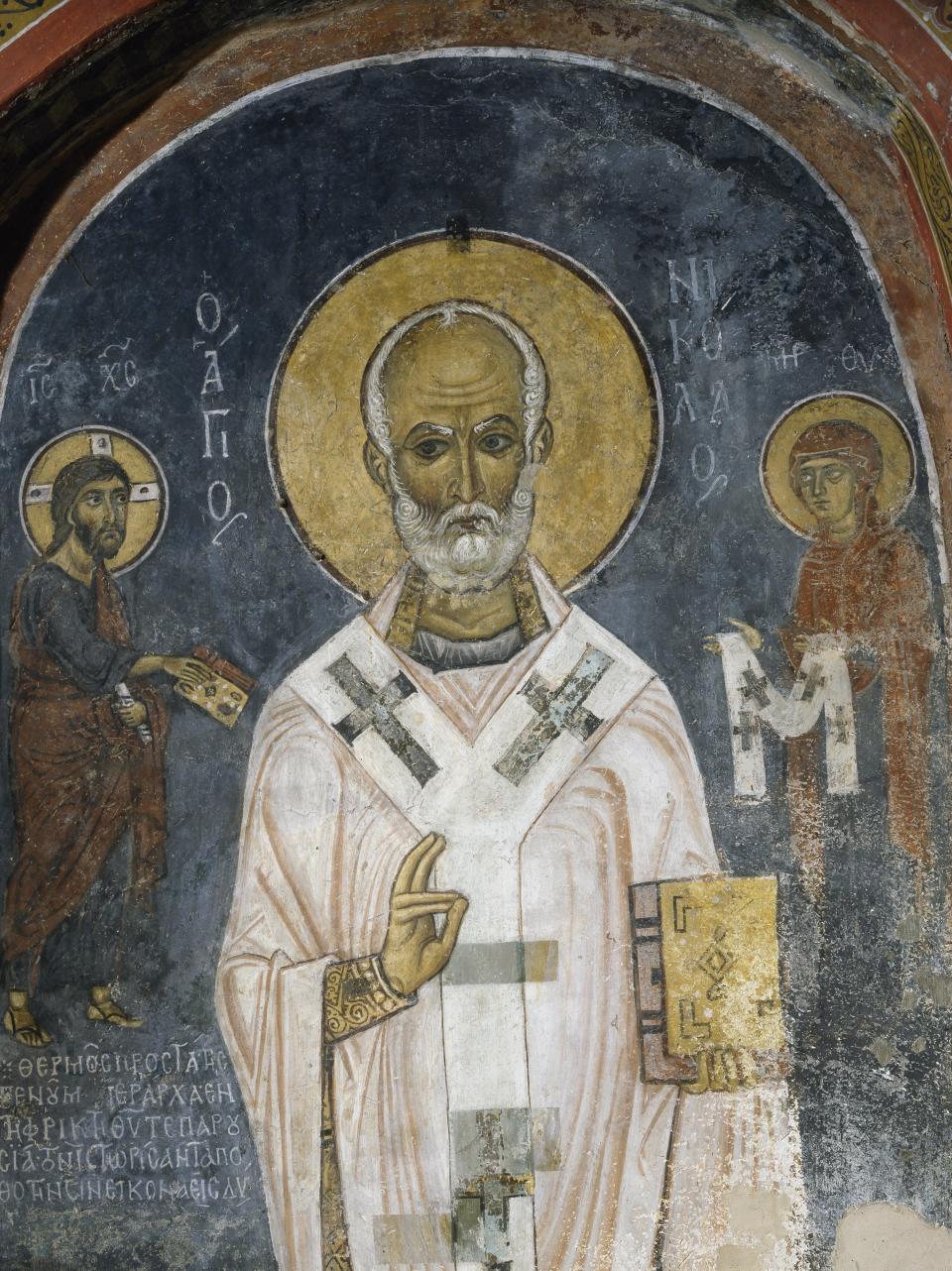
St. Nicholas’ real-life acts of generosity, particularly to children, helped inspire the red and white-suited figure known as Santa Claus who has become a worldwide symbol for Christmas and holiday festivity.
The popular saint was born in the third century in the village of Patara, to wealthy parents who taught him Christian beliefs and values before their untimely deaths left him orphaned, according to the St. Nicholas Center.
Wanting to live a life of piety, he surrendered his wealth to the needy and dedicated his life to serving God while becoming the Bishop of Myra.
Love HuffPost? Become a founding member of HuffPost Plus today.
Related...
Archeologists Discover Treasures In Vasco Da Gama Shipwreck Off Oman Coast
Extremist Sentenced To 9 Years For Destroying Timbuktu's Holy Shrines
Up To 7,000 Bodies Found Buried Beneath University Of Mississippi Medical Center
Archaeologists In Egypt Unearth 3,500-Year-Old Tomb
Also on HuffPost
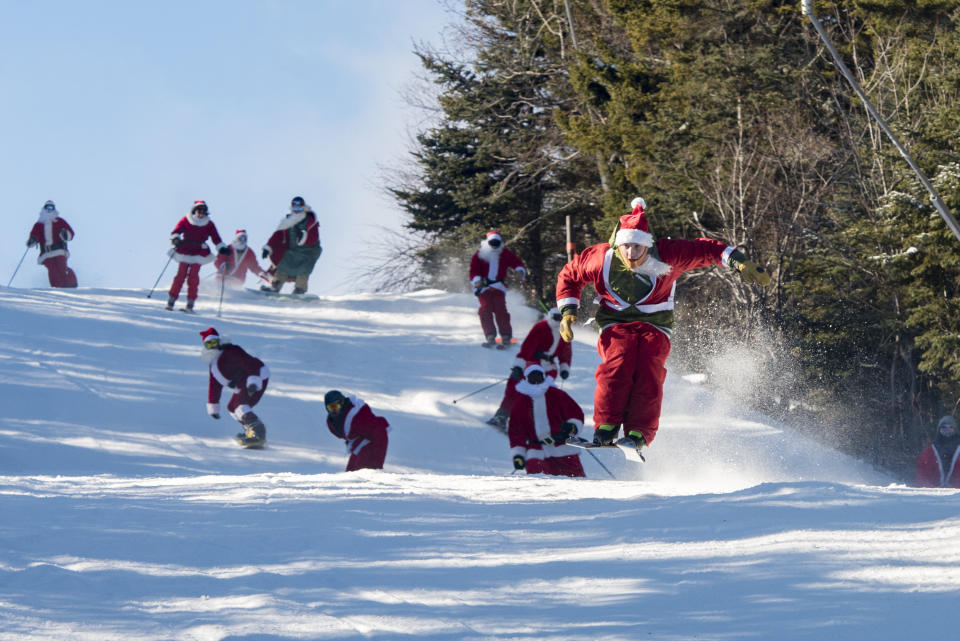
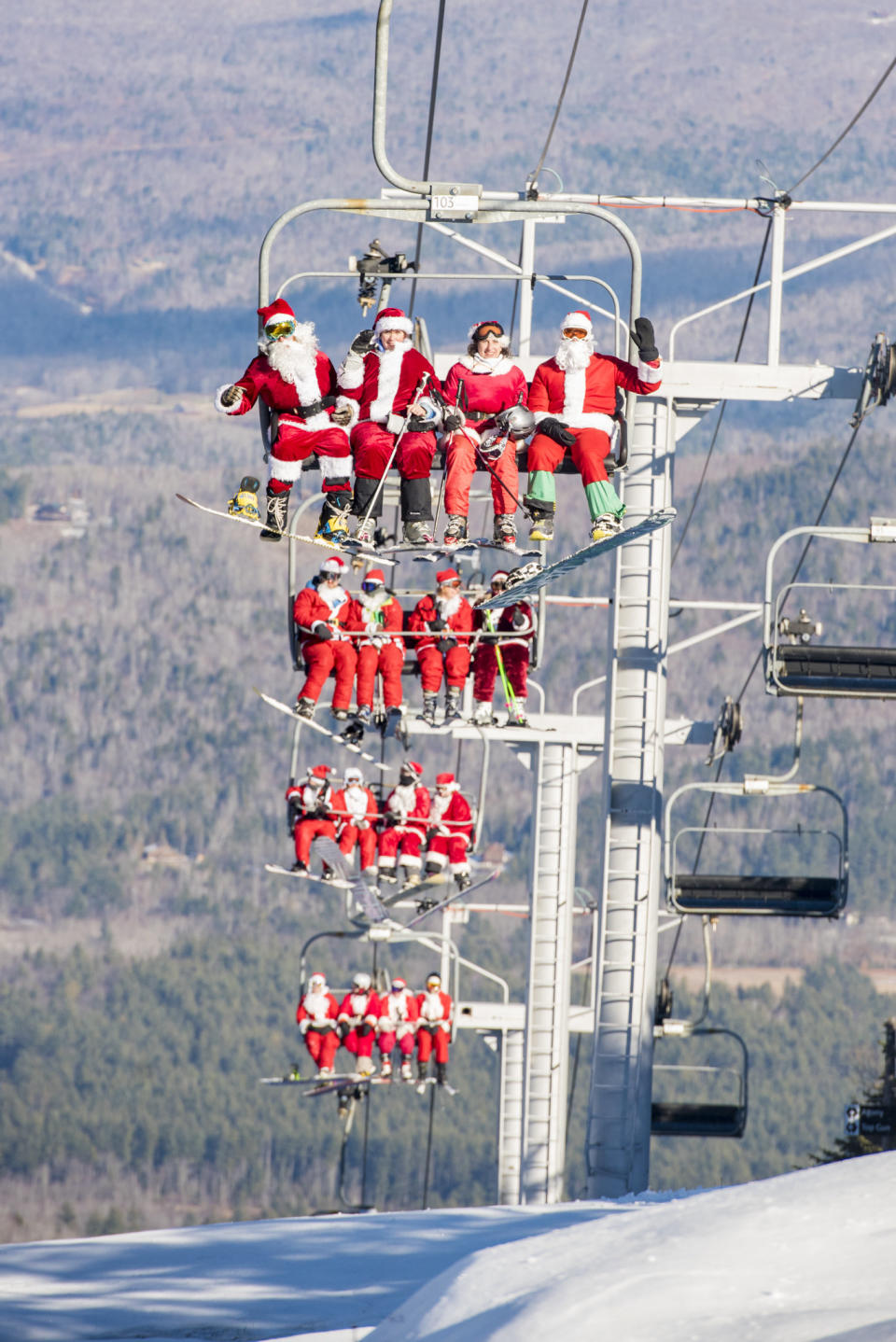

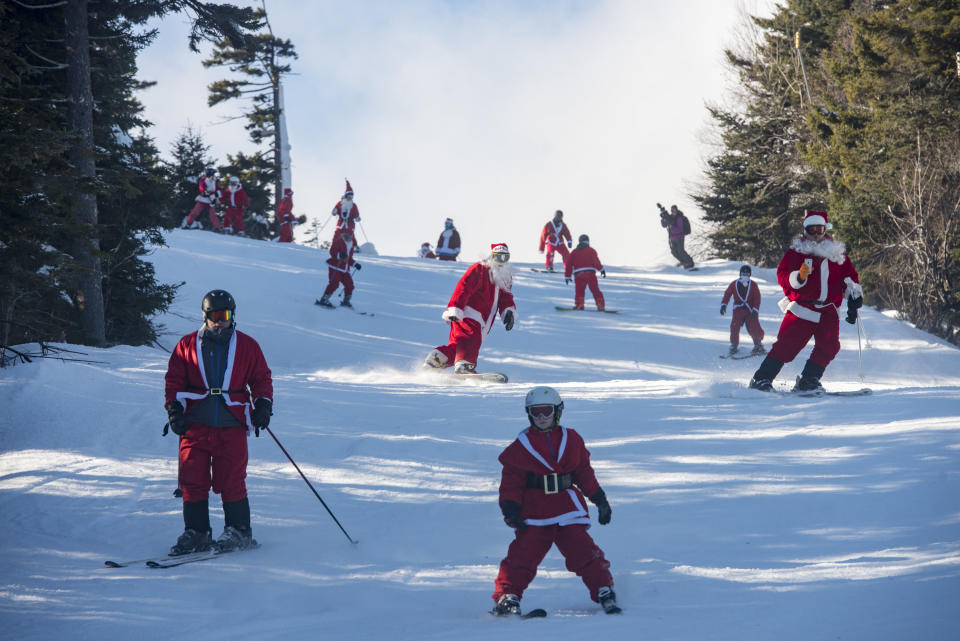
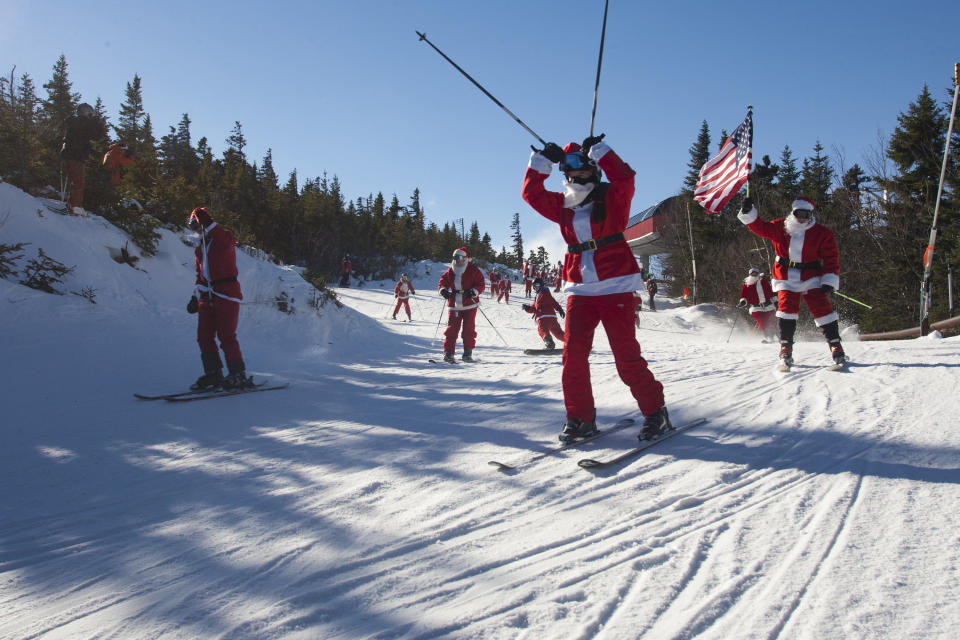
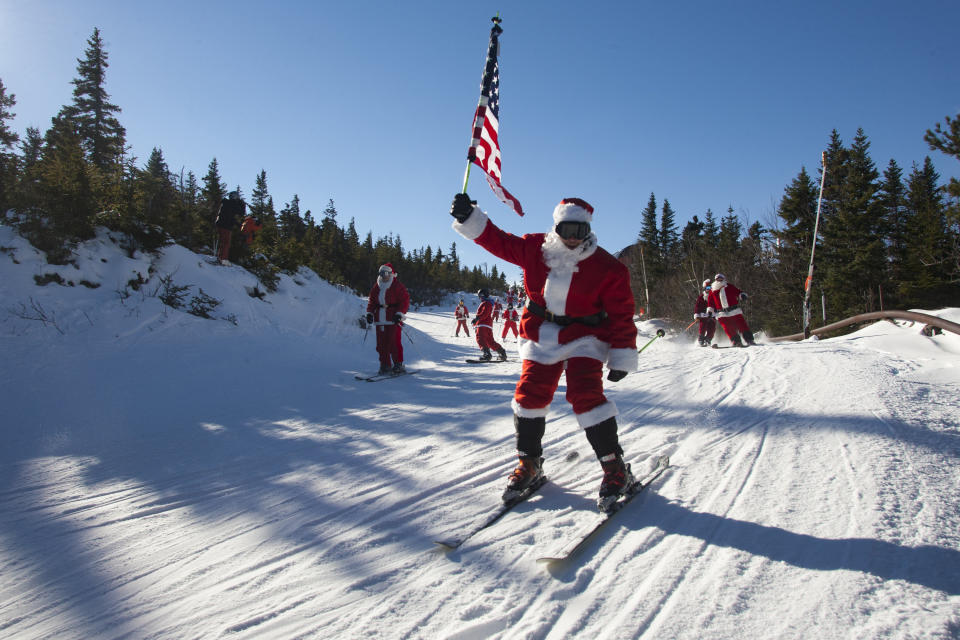
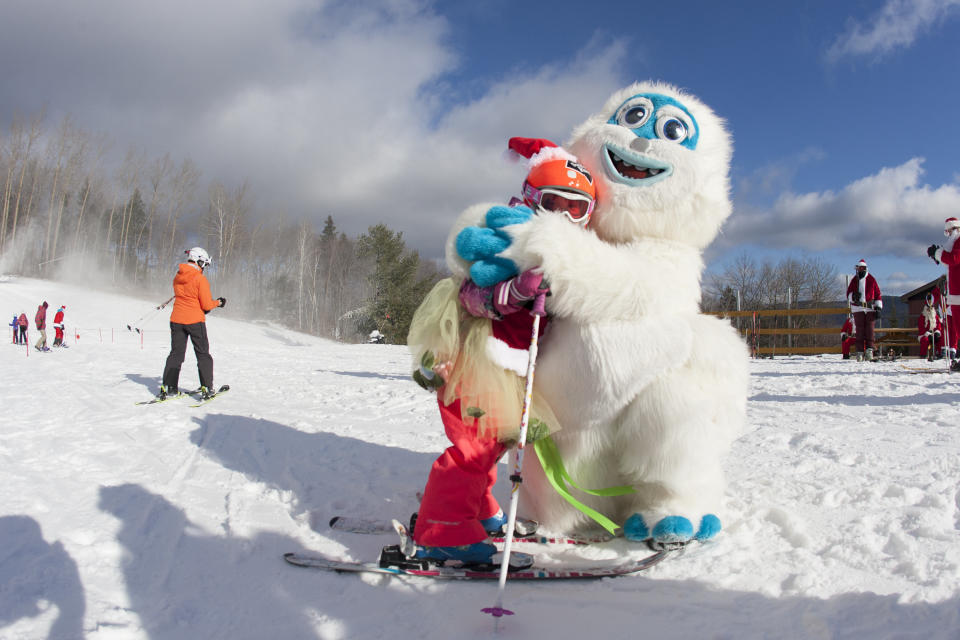
This article originally appeared on HuffPost.

